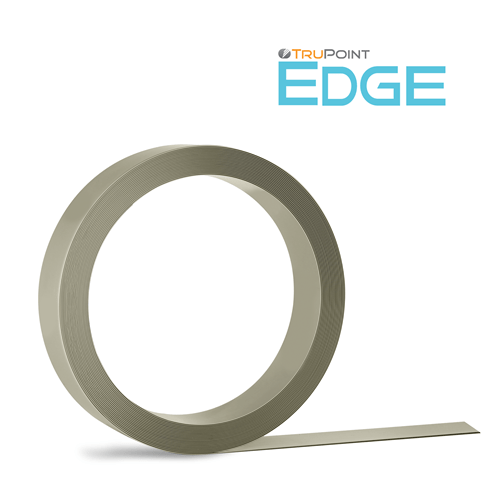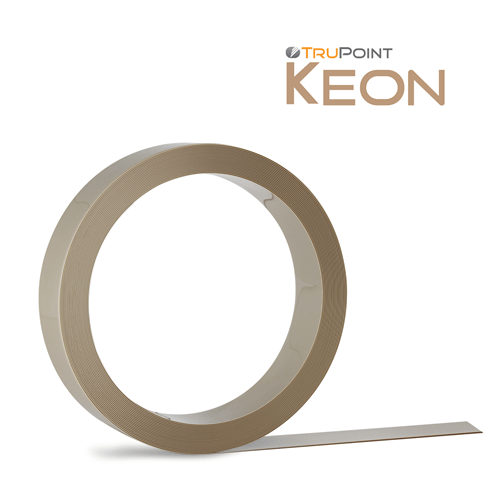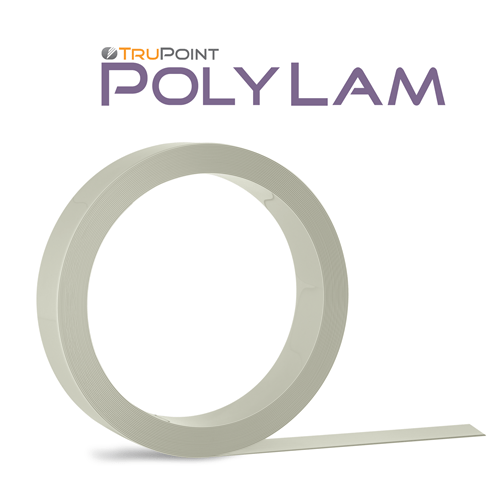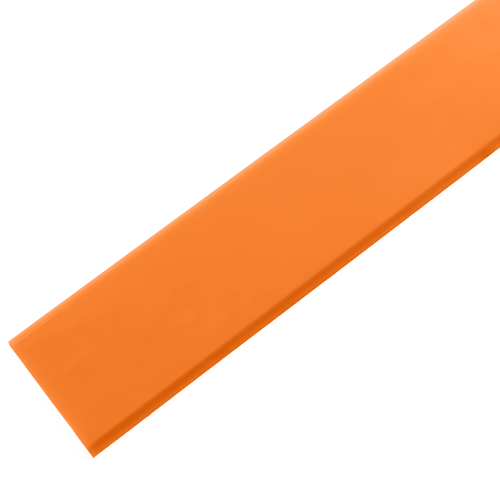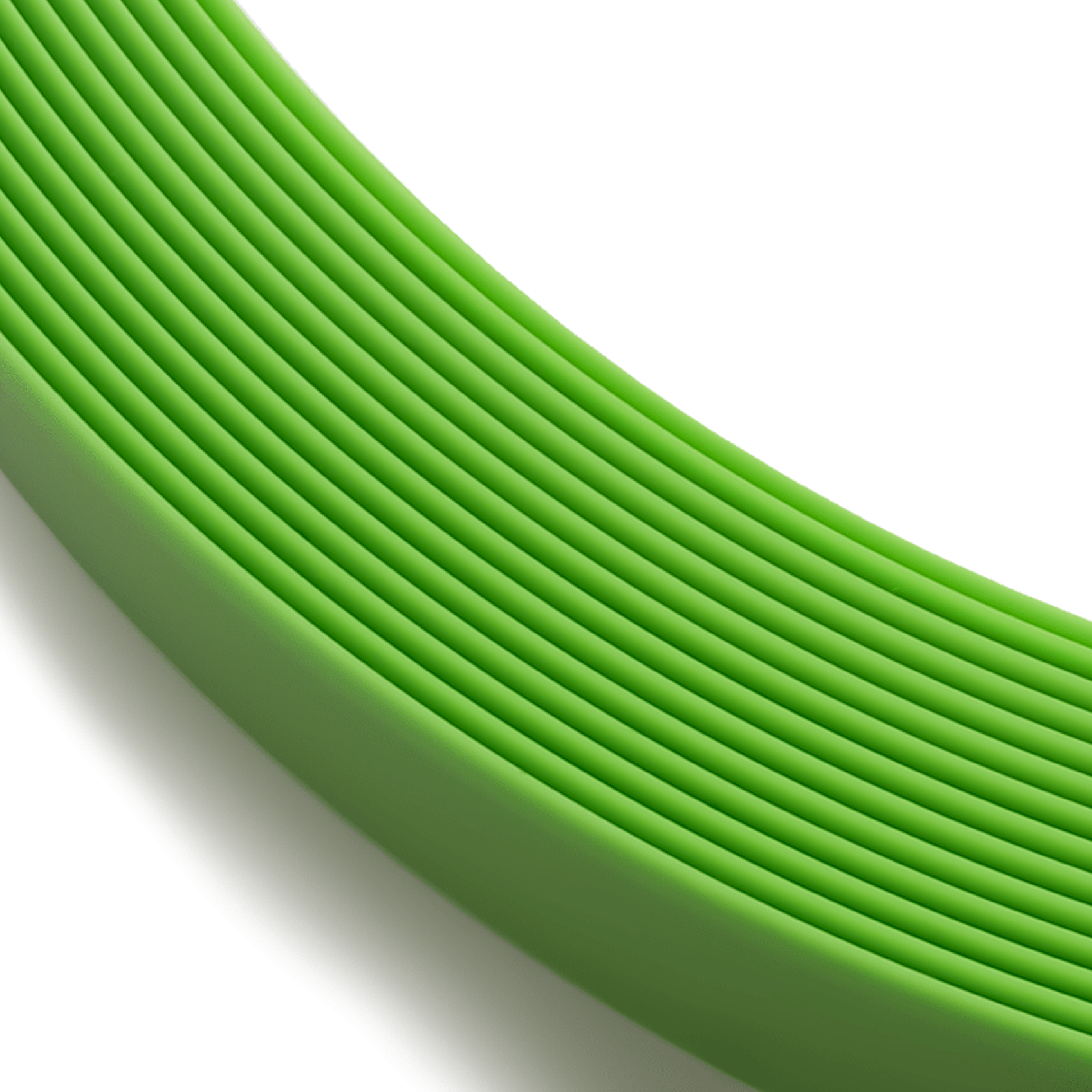How do plastic Doctor Blades compare to Steel Blades?
TruPoint doctor blades offer a safer and smarter alternative to traditional steel blades in flexo printing applications. Constructed from durable plastic, TruPoint blades provide performance comparable to steel while being softer and less sharp, reducing the risk of damaging anilox rolls or injuring press operators. Unlike steel blades, TruPoint blades won’t splinter or crack, and their edges remain safe even when worn.
How to choose the right Doctor Blade profile for my application?
The correct doctor blade tip profile depends on your anilox roll volume and desired metering precision.
-
High-volume anilox rolls: Use a Bevel or thicker MicroTip for increased blade life and broader contact
-
Low-volume anilox rolls: Use a MicroTip or thin Bevel for finer metering and improved precision
Matching the blade profile to your anilox specifications helps reduce wear, improve print quality, and optimize performance. Reach out to [email protected] to get expert advice on choosing the right doctor blade profile.
Is the Doctor Blade trial really free?
Yes. We offer free TruPoint doctor blade trial and will custom-cut the doctor blade to your exact press dimensions. Just fill out the form, and we’ll ship your personalized sample straight to you. After you’ve had a chance to test it, we’d love your feedback through a quick online survey.
How to measure Doctor Blade width (blade height), and thickness?
Doctor blade width—also known as blade height—is the measurement from the back of the blade (where it fits into the clamp) to the tip that contacts the anilox roll or cylinder.
Steps to measure doctor blade width:
-
Lay the blade flat on a level surface
-
Use a caliper or ruler to measure from the clamp side to the metering edge
Typical doctor blade widths range from 0.5 inches to 2.5 inches depending on the press and application. Measuring accurately ensures a proper fit and consistent performance. For best results, always refer to your OEM’s blade width recommendation.
Choosing the correct doctor blade thickness depends on the blade material and application type.
-
Steel doctor blades: Usually .006" to .012"
-
Plastic doctor blades: Range from .014" to .125"
Why thickness matters:
-
Thinner blades are more flexible, ideal for delicate metering
-
Thicker blades are more rigid, offering longer wear in demanding applications
Blade thickness affects how the blade performs under pressure and how it conforms to the roll.
How can I extend the life of my Doctor Blades?
To extend doctor blade life, follow the installation guidelines for angle and pressure, regularly clean blades and rollers to prevent buildup, and choose the right blade material for your application. Regularly inspect the blades for wear and replace them as needed.
When to use Foam Backing with Doctor Blades?
Foam backing is a simple solution for common doctor blade issues like:
-
Leaking ink or coating fluid
-
Blades not sitting flat in the holder
Adding foam to the back of a doctor blade helps create a tighter seal and improves contact between the blade and holder. This easy fix can significantly reduce downtime and improve overall sealing.


